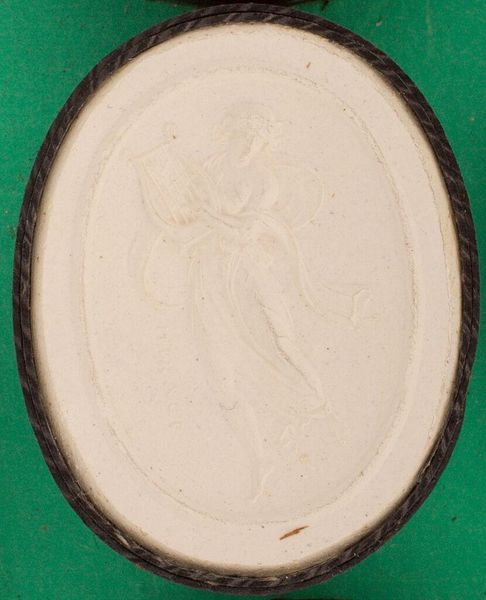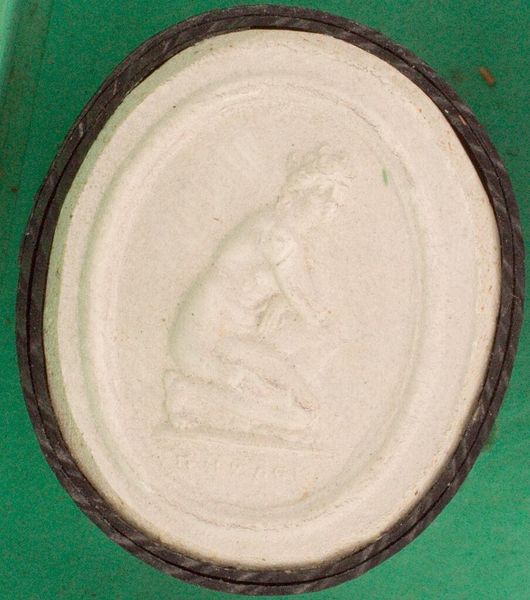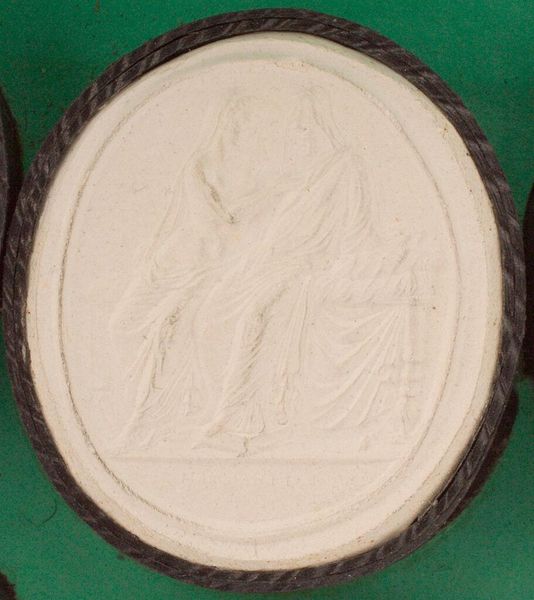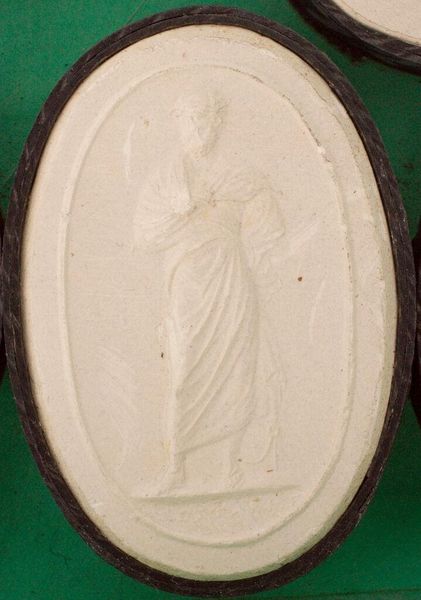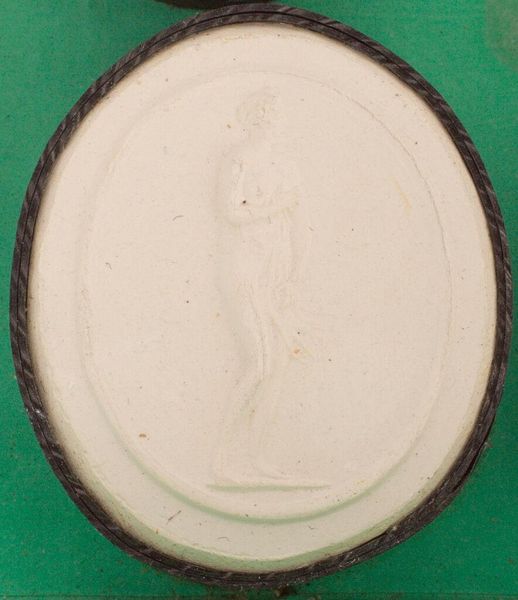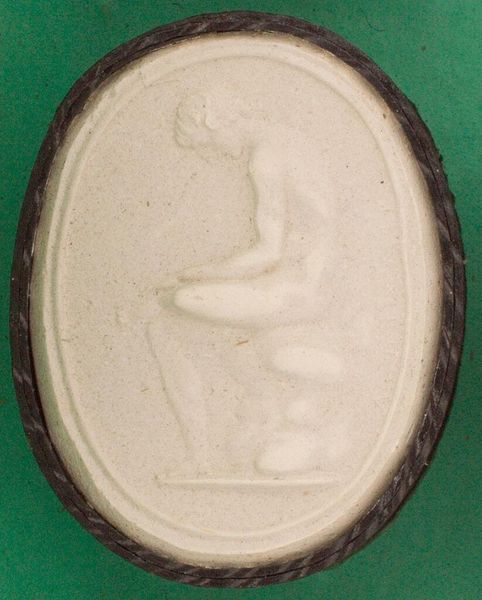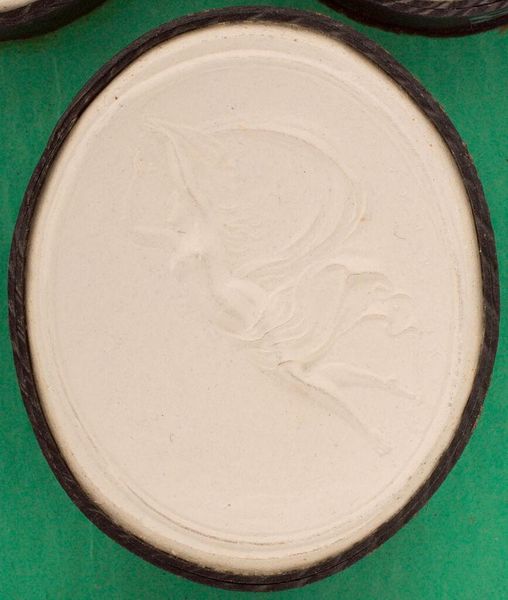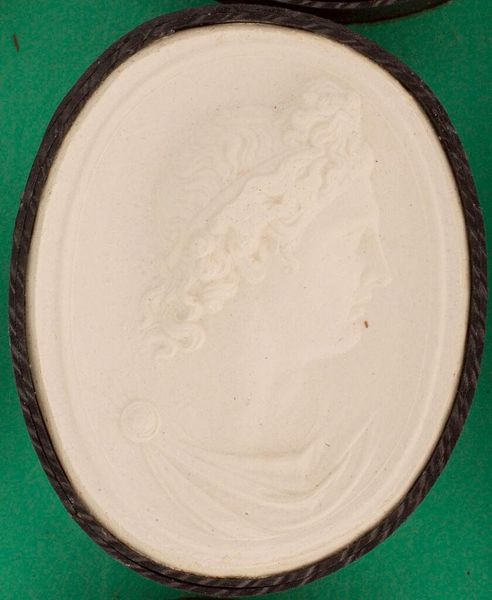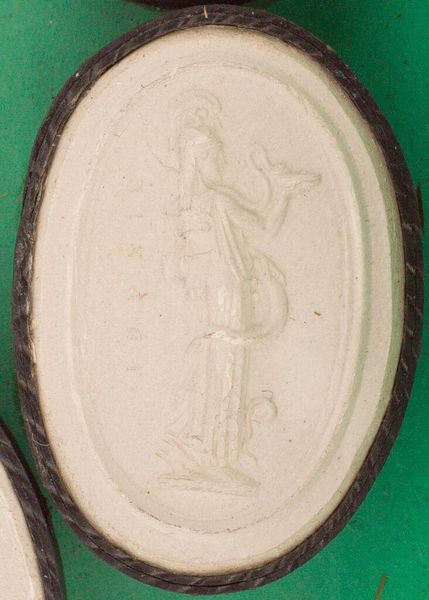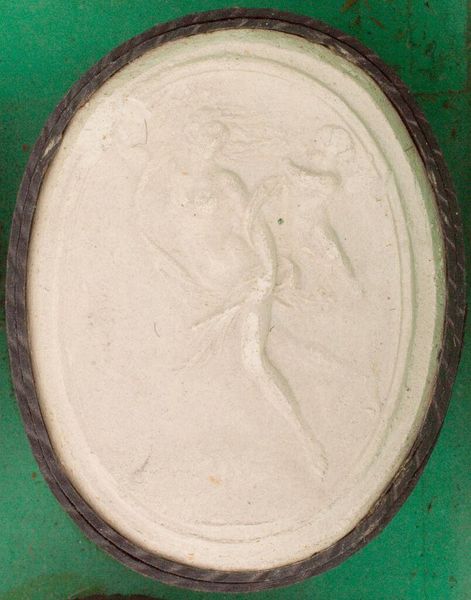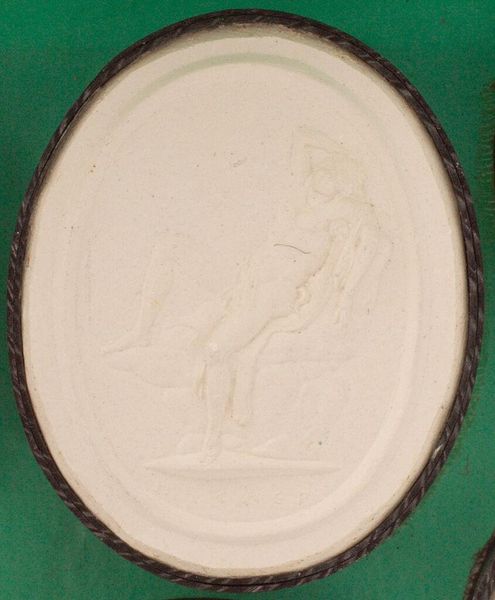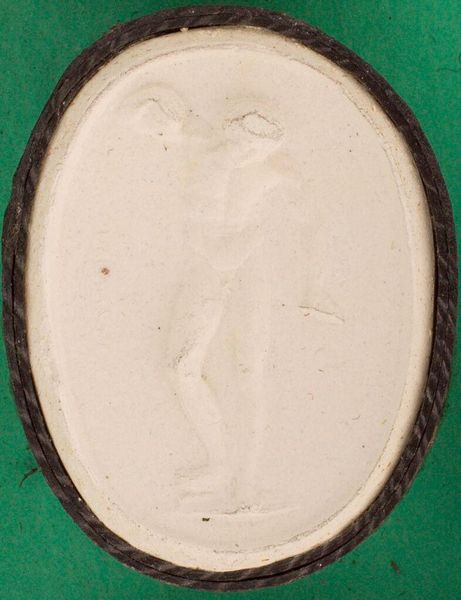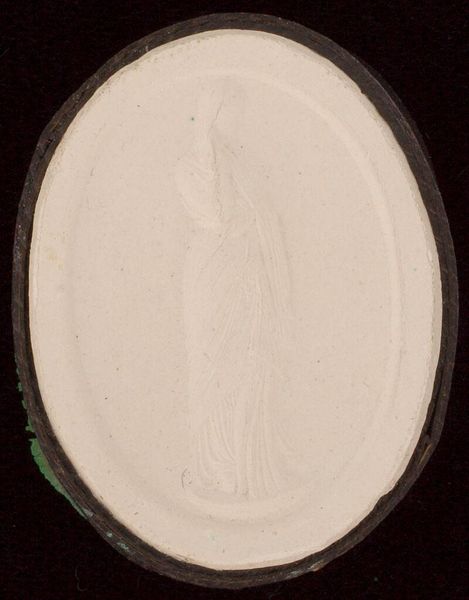
Dimensions: 3.1 x 2.6 x 1 cm (1 1/4 x 1 x 3/8 in.)
Copyright: CC0 1.0
Editor: Here we have "Dancer, after a fresco from Herculaneum" by the Pichler family. It's incredibly small, almost like a delicate token. What statements might it make about women’s roles in ancient Roman society? Curator: It’s interesting to consider this “dancer” through the lens of power. Frescoes in Herculaneum often depicted women, but usually within a domestic sphere. This piece, being portable, transforms her image. Editor: So, it’s not just a pretty picture, but a statement about the female form as a commodity, even? Curator: Precisely. It highlights the commodification of even the idealized female form across different social strata. Consider how access to art, and to the female form, becomes a marker of privilege. Editor: I hadn't thought about it that way. It's more complex than just a simple image. Curator: Exactly! These objects carry heavy socio-political weight.
Comments
No comments
Be the first to comment and join the conversation on the ultimate creative platform.
